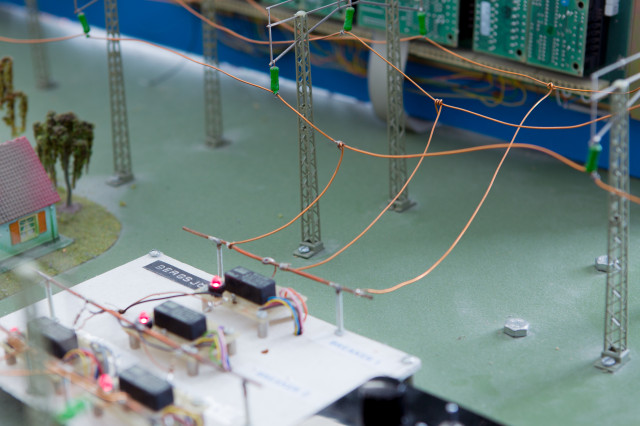The course is a second course to EQ2310 Digital Communications and focuses on advanced wireless transmission.
Bandlimited Channels: Intersymbol interference, equalization, receiver algorithms.
Fading Radio Channels: Multipath propagation. Flat and frequency-selective fading. Fast and slow fading. Random channel models. Signal design for radio channels. Diversity. Modulation. Coding.
Spread Spectrum Techniques: Introduction to spread spectrum. Direct sequence and frequency hopping. Spreading sequences, receivers. Robustness toward jamming. RAKE-receivers.
OFDM: Introduction to OFDM. Frequency-domain equalization. High bit-rate transmission. Implementation aspects.
Multiuser Communications: Multiuser systems with focus on CDMA. The near-far problem. Power control, multiuser detection, comparison between FDMA, TDMA and CDMA.
The student is required to show the following skills to pass the course:
- Identify and describe different techniques in modern digital communications with applications to wireless transmission, in particular in receivers and equalization, diversity, spread spectrum techniques, OFDM, coding for wireless communications, and CDMA and multiuser systems.
- Identify and describe different standardized technologies in the filed, in particular GSM, UMTS/WCDMA and different WLAN standards.
- Describe and motivate the fact that the implementation and development of modern communication technology, in particular in wireless communications, requires mathematical modeling and problem solving.
- Apply mathematical modeling to problems in wireless digital communications, and explain how this is used to analyze and synthesize methods and algorithms within the field.
- Formulate a mathematical model which is applicable and relevant in the case of a given problem.
- Use a mathematical model to solve a given engineering problem in the field, and analyze the result and its validity.
To acquire a higher grade, the student is in addition required to show the following skills:
- Identify and describe different techniques in modern wireless communications, compare different techniques and judge the applicability of different techniques in different situations.
- Formulate advanced mathematical models which are applicable and relevant in the case of a given problem. When explicit assumptions are missing, the student should be able to judge and compare different possibilities and make own relevant assumptions.
- Use a mathematical model to solve a given demanding engineering problem in the field, and analyze the result and its validity.
